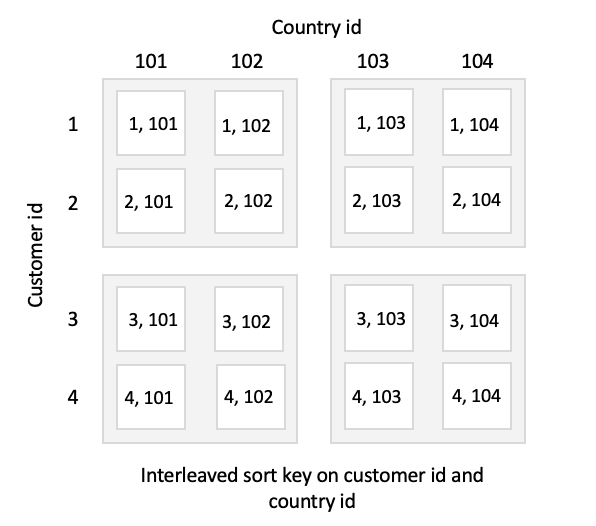

'Even' distribution style should be used for- tables not frequently joined or aggregated and large tables without acceptable candidate keys. Log in to your database and get the schema of. 'All' distribution style should be used for - have slowly changing data, reasonable size (i.e., few millions but not 100s of millions of rows), missing common distribution key for frequent joins. Add sort and distribution keyslink Pause the connector (Snowplow in our example) from the Fivetran dashboard. Distribute data evenly for parallel processing.Distribution keys are used for achieve following. It should be applied for columns you usually do order by.ĭistribution key could be of two types, 'Even' or 'All'. Sortkey - table’s sortkey is the column by which it’s sorted within each node. Rows with the same value in this column are guaranteed to be on the same node. Anyways, let me try to summarize here, in Redshift there are two types of key, distkey and sortkey.ĭistkey - table’s distkey is the column on which it’s distributed to each node. If your table is very large, you can follow below section.Its very wide question, its hard to provide your short answer. Note that, this works well with a table which has a relatively small amount of data. Select eventid, venueid, dateid, eventname The query optimizer uses this sort ordered table while determining optimal query plans. Data stored in the table can be sorted using these columns. There can be multiple columns defined as Sort Keys.
#Distribution key redshift how to#
You have to redistribute the table data using CREATE TABLE AS command with new distribution style.įor example, consider below CTAS example to redistribute the table data in Redshift. In this post, we demonstrate how to implement a Data Vault model in Amazon Redshift and query it efficiently by using the latest Amazon Redshift features, such as separation of compute from storage, seamless data sharing, automatic table optimizations, and materialized views. 31 2 Add a comment 1 Answer Sorted by: 1 Redshift Sort Key Sort keys are just for sorting purpose, not for joining purpose. Change Redshift Table Distribution style ExampleĪs mentioned earlier, you cannot change the Redshift table distribution using alter table column. Changing Redshift table distribution style is a process of redistributing the Redshift. Designate a Distribution Key Column (Amazon Redshift data warehouse only) Designate a Distribution Method (Microsoft Azure Synapse Analytics only) These tasks should be performed in the Distribution Key pane located below the Columns list on the right. If you have created the table with EVEN distribution or with different column with lots of duplicate records, then you should immediately change the distribution style otherwise that will reduces the performance. Most common distribution style is EVEN, it is used when you are not sure about which style to choose. Use this for tables that are frequently joined together so that Redshift will collocate the rows of the tables with the same values of the joining columns on the same node slices. Redshift will attempt to place matching values on the same node slice. We have extensive documentation already available to cover these aspects. KEY Distribution: The values in one column are used to determine the row distribution. While working on Redshift, we need to understand various aspects of Redshift such as cluster architecture, table design, data loading, and query performance tips, etc. You can choose any of the style based on your data, size and performance considerations. Amazon Redshift is a data warehouse service in the cloud. For any join in Redshift, it’s a good idea to add the two tables’ distribution keys to your join condition, if possible.

In Even Distribution the Leader node distributes the data of a table evenly across all slices, using a round robin approach. This is the default distribution style of a table.

There are three types of distribution style available in Redshift: Each Redshift table has a distribution key, which defines how the table is sharded amongst compute nodes. Amazon Redshift supports three distinct table distribution styles. Amazon Redshift can deliver 10x the performance of other data warehouses by using a combination of machine learning, massively parallel processing (MPP), and columnar storage on SSD disks. Why to Change Redshift Table Distribution style? Amazon Redshift is a data warehouse that makes it fast, simple and cost-effective to analyze petabytes of data across your data warehouse and data lake.


 0 kommentar(er)
0 kommentar(er)
